A self-styled American explorer claims he has evidence that Tongans built a huge fort on the Wallis and Futuna islands and a royal tomb on Easter Island.
Vic Stefanu, who describes himself as an “environmentalist, historian, ethnologist and historian,” claims he spent 14 months touring the Pacific Ocean. He said he recorded video images of the fort and tomb and said he has “no doubt” Tongans built them.
According to Stefanu, the wall of the fort is several kilometres long, five to six metres wide and is surrounded by a “thick forest”.
He said the fort was known to many in the French territory as Fort of Talietumu or the Tongan Fort.
The “huge complex” was built with lava rocks and was believed to have been built in 1450AD.
Historians believe the islands were settled about 1000AD during the period of expansion of the Tongan empire.
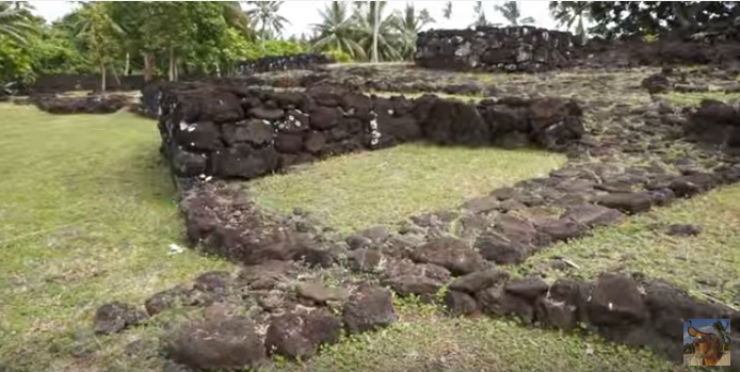
The fort contains evidence of oval structural foundations which appear to be comparable to the size and shape of a Tongan traditional fale (house).
There is evidence of 10 metre high stairways leading to a large flat piece of land 90 metres long and 60 metres wide. This suggests a royal residence was constructed there, according to Stefanu.
Stefanu told Kaniva News he was contacted by another historian after watching his video about the fort and told there was proof that Tongans went to Easter Island (Rapanui) arrived there centuries ago.
After spending three weeks on Easter Island Stefanu said he found what locals call an Ahu. He said it was a “replica” of the Langi ʻo Tuʻitonga (Tongan Kings lines’ Royal Tomb) in Lapaha.
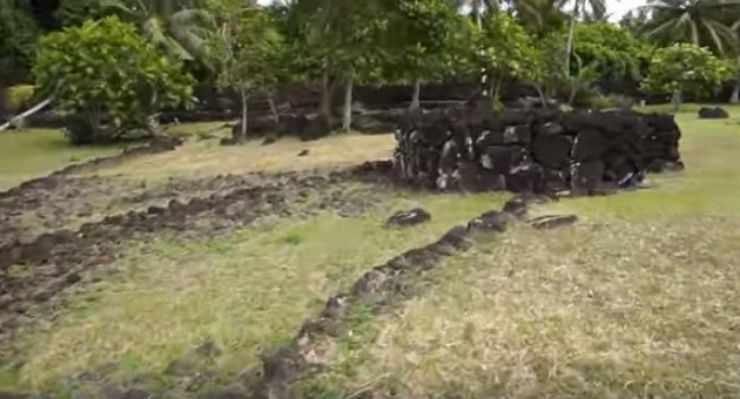

“I am an expert in these matters and there is no doubt in my mind,” Stefanu said.
“Now, why historians disregard such huge and obvious evidence is a very curious phenomenon to me,” Stefanu said.
Stefanu said the Ahu was about 80 metres long with two huge layers of moai (statues) on top. He said it was built about 1300 AD.
Stefanu believed the way the Ahu was built showed Tongans “influenced” the Easter Island ancient civilisation.
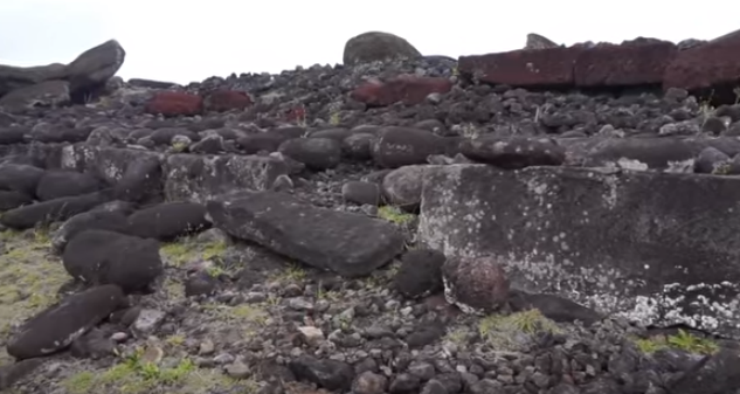

Stefanu defended himself against critics who said it was impossible for the Tongans to travel to Easter Island or Wallis and Futuna.
Stafanu, who claimed to have visited a total of 38 islands in countries such as Vanuatu, Samoa (including Savaii), Fiji, Tuvalu, Kiribati, Niue, Tahiti and Tonga, said Tongans used double hull canoes that could carry more than 100 people to Easter Island in less than 15 days travelling at speeds up to 18 miles per hour.”
“I did a lot of research and spent a lot of time in Lapaha studying the amazing Langhi and I was amazed to find out that no one (or very few people) knew about them,” he said.
“I published the video about the Langi after leaving Tonga and when I was visiting Wallis, someone told me that there was a Tongan fort somewhere in a forest.
“This fort is visited by less than 20 people per year and no one knew anything about it.
“I did a lot of studying before getting there and I learned more about your proud history, which, by the way, the Tongans do such a poor job at telling the world about.”
Stefanu’s claims may support historians and archaeologists who say the huge stones used for the building of the Haʻamonga ʻa Maui Trilithon and the Langi ʻo Tuʻitonga in Lapaha in Tonga were brought from Wallis.
Scholars rejected claims the stones were brought to Tonga in kalia (double hulled canoes.) These scholars claimed the stones had been cut from the liku (beaches) in Tongatapu.
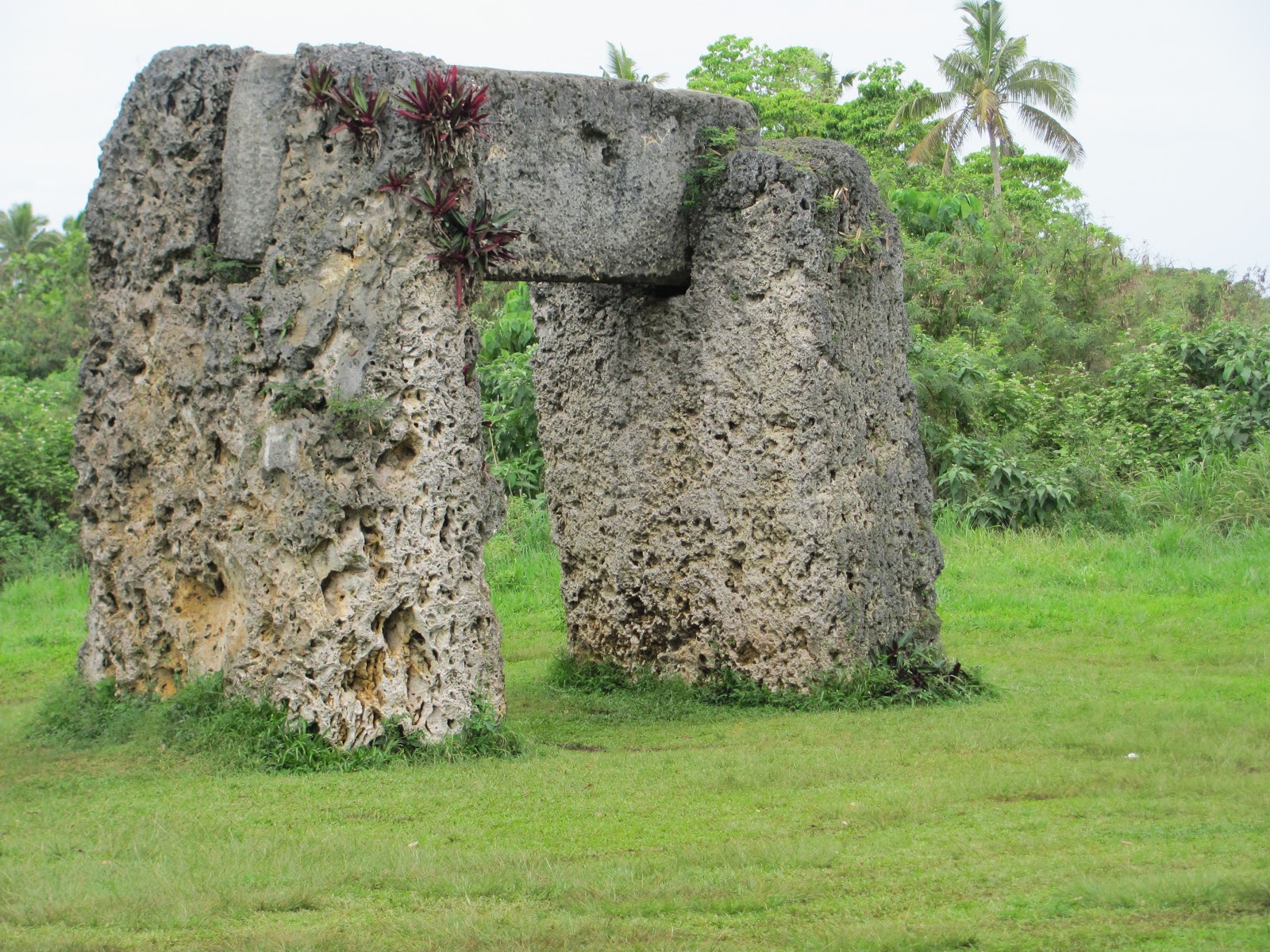

However, they could not provide evidence of a place in Tonga where the type of stones could be found.
According to many historians the Tongans ruled many of the South Pacific Islands including Tahiti, Samoa, Fiji and Wallis and Futuna up to 1450 AD.
Historians are divided about who settled Easter Island, which is now governed by Chile. Some claim it was Polynesians from the Marquesas, while others argue it was settled from South America.
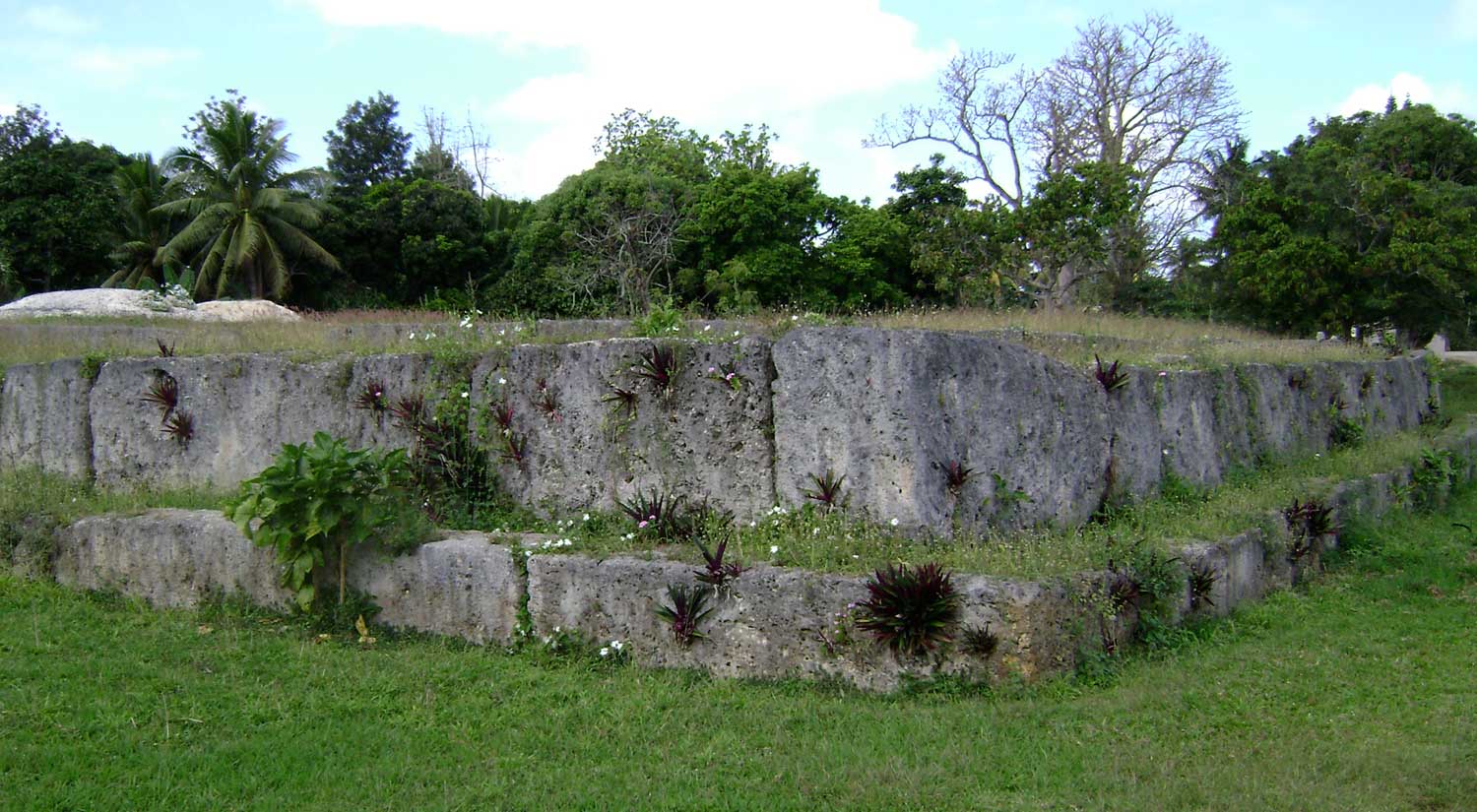

The main points
- A self-styled American traveller and explorer claims he has evidence that Tongans built a huge fort on the Wallis and Futuna islands and a royal tomb on Ester Island.
- Vic Stefanu, who describes himself as an “environmentalist, historian, ethnologist and historian,” claims he spent 14 months touring the Pacific Ocean. He said he recorded video images of the fort and tomb and said he has “no doubt” Tongans built them.
- After spending three weeks on Easter Island Stefanu said he found what locals call an Ahu. He said it was a “replica” of the Langi ʻo Tuʻitonga (Tongan Kings lines’ Royal Tomb) in Lapaha.
- “I am an expert in these matters and there is no doubt in my mind,” Stefanu said.
